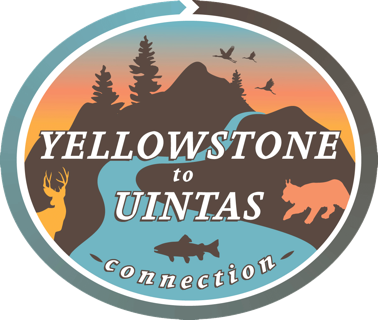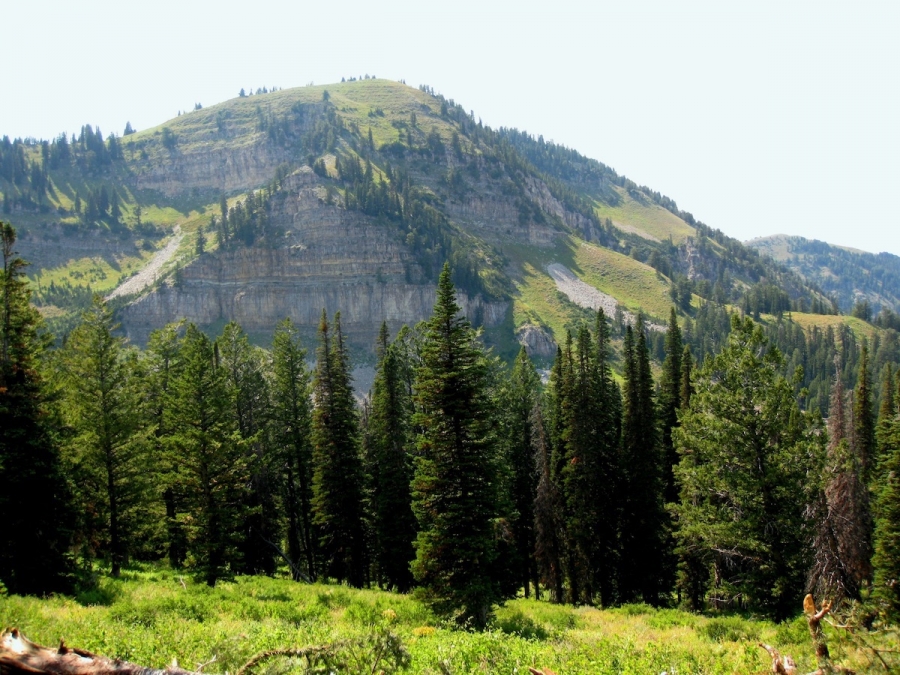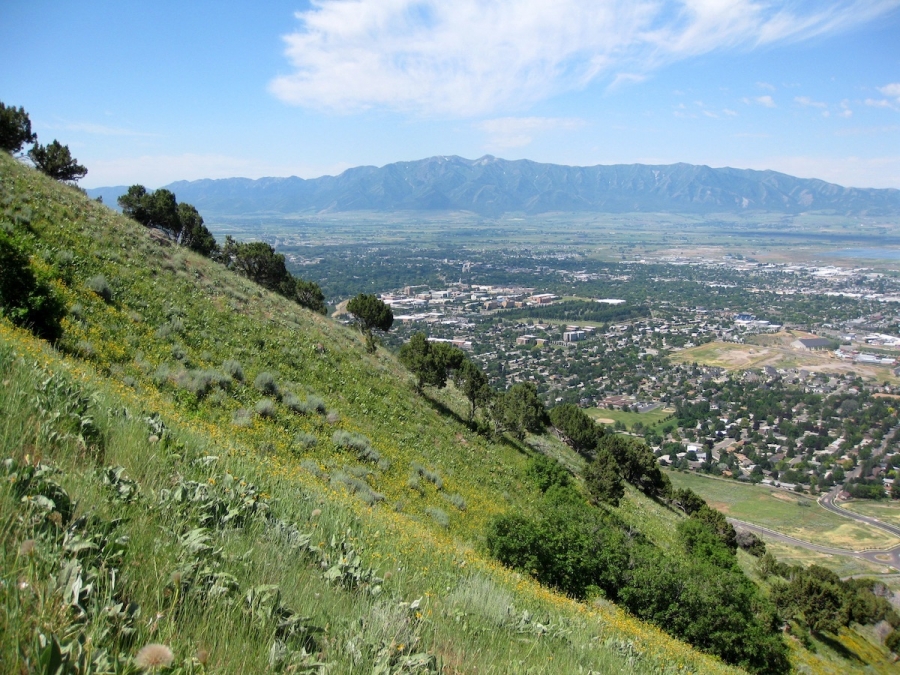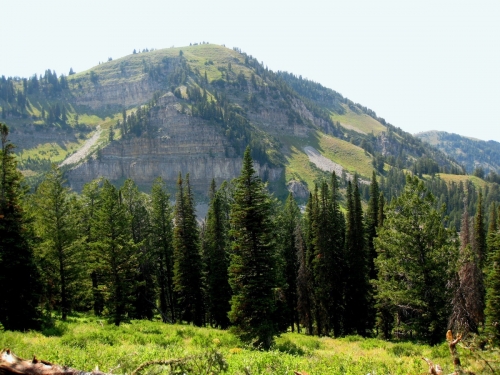Status
In 2018, Y2U monitored water quality at three locations within the Bear River Watershed. We selected these locations based on 2017 sampling results which identified three streams as areas of concern. All three of these locations have once again shown elevated E. coli levels that exceed state water quality standards for recreational contact. Y2U monitoring efforts over the past two years have demonstrated that cattle grazing on Forest Service cattle allotments are causing an exceedance of Utah and Idaho E. coli water quality standards. Each of the Utah samples were taken on a creek listed as a class 2B Contact Recreation stream in the Utah Administrative Code (Rule R317-2. Standards of Quality for Waters of the State). In accordance with this classification, the criteria were violated at both Millville Canyon and North Rich sample sites during the 2018 sample period. The Paris Canyon site is located along Paris Creek, which is designated as a Primary Contact Recreation water body. In accordance with this classification, the Idaho state water quality standards were violated at the Paris Canyon sample site during the 2018 sample period. The Utah sample sites were sampled and reported as violating state water quality standards during the summer 2017 E. coli investigation conducted by Y2U. Y2U submitted our 2018 E. Coli final report to the Forest Service. In the spring of 2019, Y2U submitted our data to the States of Utah and Idaho for listing as impaired.
Work Plan
- Y2U will continue to promote the use of riparian exclosures and livestock exclusion to assist with the reduction of waterway contamination from livestock feces.
- Through our media effort we will inform the public about these exceedances and urge them to contact the Forest Service and DEQ and ask these agencies to take action.
Expected Outcome
Y2U will demonstrate that cattle grazing near recreational waterways and in municipal watersheds have a negative impact on water quality and leads to exceedance of state water quality standards. Y2U will also demonstrate that the use of fencing to exclude livestock access to large portions of streambank can reduce the level of contamination from livestock feces.
See reports attached below.



